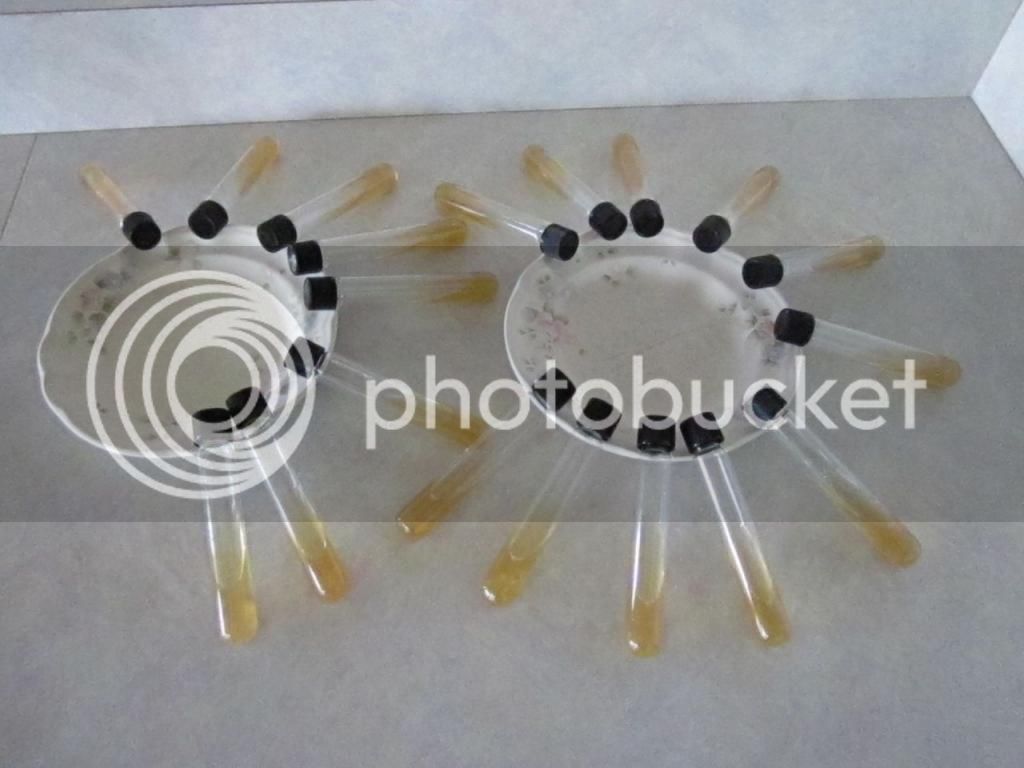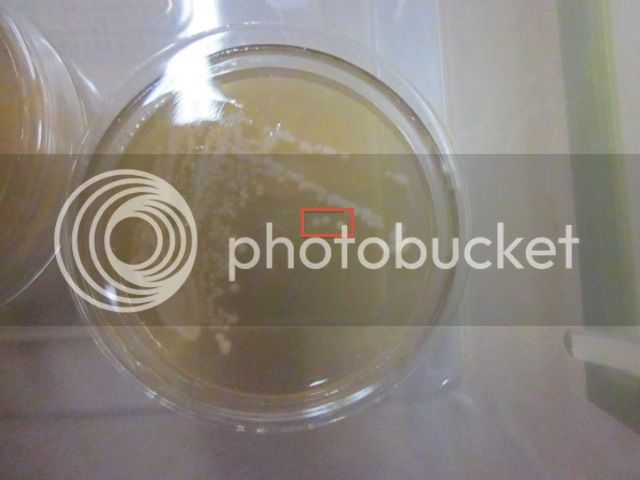Due to a lack of foresight on my behalf, I bottled today but won't have glycerin for freezing the yeast for four days.
It's a limited edition yeast that's no longer available since I pitched, so I decided to gamble... boiled a 6oz mason jar for ten minutes, let the water inside cool, and poured the water on the cake. Then I swirled it to liquify the cake and poured it back into the mason jar until it was overflowing, capped, and star-san'd the outside of the jar.
Am I good to slant this yeast when my glycerin arrives?
It's a limited edition yeast that's no longer available since I pitched, so I decided to gamble... boiled a 6oz mason jar for ten minutes, let the water inside cool, and poured the water on the cake. Then I swirled it to liquify the cake and poured it back into the mason jar until it was overflowing, capped, and star-san'd the outside of the jar.
Am I good to slant this yeast when my glycerin arrives?




